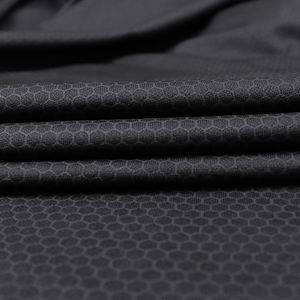Title: How to Prototype with Graphene: A Comprehensive Guide
(how to prototype with graphene)
Introduction
Graphene is a two-dimensional material that has gained significant attention in recent years due to its unique properties, including high electrical conductivity, exceptional mechanical strength, and ultrahigh thermal stability. This material is also relatively easy to work with and has a wide range of potential applications, from electronics to energy storage. In this guide, we will discuss how to prototype with graphene, providing you with detailed instructions on how to generate, fabricate, and test your own graphene-based devices.
1. Understand the Basics of Graphene
Before getting started with prototyping with graphene, it’s essential to have a basic understanding of the material itself. Graphene is a single layer of carbon atoms arranged in a hexagonal lattice, making it an incredibly strong and flexible material. The lattice structure gives graphene its unique electronic and mechanical properties, such as high electron mobility, low resistance, and high strength-to-weight ratio.
In this section, we will cover some basic principles of graphene, including its electrical conductivity, mechanical strength, and. We will also discuss the different types of graphene samples available and their characteristics.
2. Generate Graphene-Based Devices
Once you understand the basics of graphene, you can start thinking about how to use it to create practical devices. Here are the steps to generate graphene-based devices:
a) Preparation of Graphene Sample
The first step in creating a graphene-based device is to prepare a sample. To do this, you will need a graphene sheet or thin film that is free from defects and impurities. You can either purchase graphene sheets from suppliers or grow them using chemical vapor deposition (CVD). If growing graphene from scratch, it’s essential to control the temperature and humidity environment to ensure the formation of a uniform graphene film.
b) Device Design
After obtaining the graphene sample, you will need to design the device that you want to build. This could be anything from a simple sensor to a complex integrated circuit. When designing the device, consider the intended application, such as heat management, light harvesting, or sensing. Make sure to take into account factors such as power consumption, thermal dissipation, and safety protocols.
c) Manufacturing the Device
Once you have designed your device, the next step is to manufacture it. There are several methods for manufacturing graphene-based devices, including CVD, chemical vapor deposition (CVD), and physical vapor deposition (PVD). Each method has its advantages and disadvantages, so choose the one that best fits your needs.
d) Testing and Optimization
After manufacturing the device, you will need to test and optimize it to ensure that it meets your requirements. This involves measuring the device’s performance, identifying any issues, and making necessary adjustments to improve its functionality. You may also need to modify the design or adjust the operating parameters to achieve better results.
Conclusion
(how to prototype with graphene)
In conclusion, prototyping with graphene requires a thorough understanding of the material itself and careful consideration of the desired device. By following these steps, you can generate, fabricate, and test your own graphene-based devices. With the right materials, techniques, and tools, you can harness the power of graphene to create innovative solutions for a wide range of applications. As the technology continues to evolve, it’s likely that graphene-based devices will play an increasingly important role in our daily lives.




